Description
The largemouth bass (Micropterus salmoides) is a species of freshwater fish that can be found in lakes, reservoirs, rivers, and ponds throughout North America. This species is well-known for its aggressive feeding habits, large size, and fierce fighting ability when hooked by anglers. Largemouth bass typically has olive-green bodies with a dark stripe that runs along their sides. They can grow up to 24 inches long and weigh up to 10 pounds, although most largemouth bass caught by anglers rarely exceed 6 pounds. This species prefers warm, shallow waters with plenty of covers such as logs, lily pads, and aquatic vegetation for hiding from predators.
Environment
The largemouth bass can be found in a wide variety of freshwater habitats, ranging from shallow creeks and ponds to deeper reservoirs and lakes. They often live near vegetation or man-made covers like docks and bridges, making them well-adapted to both natural and human-altered environments. The shallow inshore areas are preferred by this species, which often seek out warmer waters to spawn and feed. Large grass flats are also ideal spawning grounds for largemouth bass as they provide plenty of cover and prey. Furthermore, the oxygen-rich waters near vegetation or running water sources are frequently chosen by this species for its habitat. Overall, the largemouth bass requires specific environmental conditions to thrive, so anglers should pay attention to the conditions of their bodies of water when targeting this species.
Physical Characteristics
The largemouth bass is an olive-green fish with a dark stripe running along its sides. Its head is broad and flattened, while the mouth extends past the eye with an upper jaw that extends far beyond the lower jaw. They tend to have scales on their heads and sides, as well as rows of scales covering the body from back to belly. The average size of a largemouth bass ranges from 12 to 24 inches in length, with some specimens weighing up to 10 pounds or more. This species also has distinct black coloration on its fins and tail, which can be seen when the fish is under the water’s surface. Overall, the physical characteristics of this species make it an attractive target for anglers all over North America.
Feeding Habits
The largemouth bass is an opportunistic feeder that has a wide range of prey items. It feeds primarily on small fish, frogs, crayfish, and insects – especially during the summer months. It also eats smaller invertebrates like shrimp and worms. Additionally, this species will occasionally target larger prey items such as snakes, ducks, and mice. Largemouth bass is known for their aggressive feeding habits and will actively pursue food sources with a combination of sight, sound, speed, and agility. When an angler presents bait in the water, the largemouth bass will often strike quickly to take advantage of its prey before it escapes.
Fishability
The largemouth bass is renowned for its fighting ability, making it a popular game fish among anglers. Its powerful strikes, hard runs, and aggressive fights make it an exciting catch that can provide hours of entertainment. Largemouths are also known for their acrobatic leaps out of the water when hooked by anglers. They tend to put up a good fight, but because of their size and strength, they are often able to break free or pull the line if not controlled properly. Furthermore, this species is considered relatively easy to catch for anglers of all skill levels. They may be found in shallow inshore areas and can easily be targeted from shore or a boat with the right lures and techniques.
Why is this Fish a good mount?
The largemouth bass is known for its vibrant colors, powerful body, and aggressive fighting style, making it a desirable mount. Its wide head and flattened face give the mount a sleek look that anglers appreciate. The distinctive black stripes along its sides display well on the wall of any home or office. Furthermore, this species is relatively easy to catch and mount, making it an ideal target for anglers of all skill levels. The mount also has a good lifelike appearance with realistic features such as its large mouth, gill plates, and eyes. All these factors make the largemouth bass an attractive fish to mount on the wall. Overall, this species provides anglers with a long-lasting memory of their trophy catch.
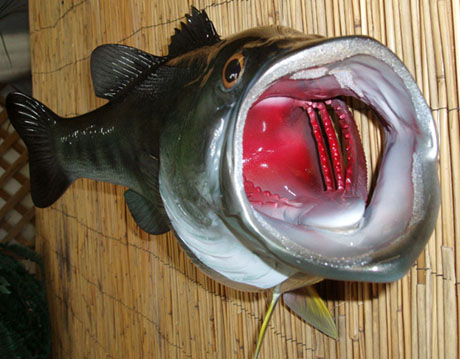

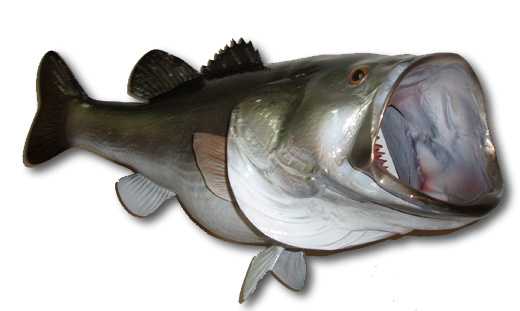

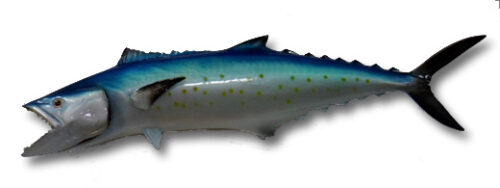
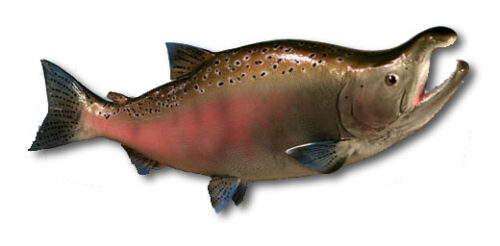
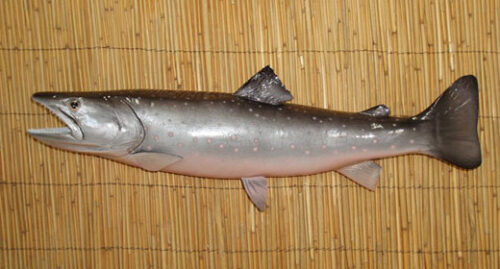
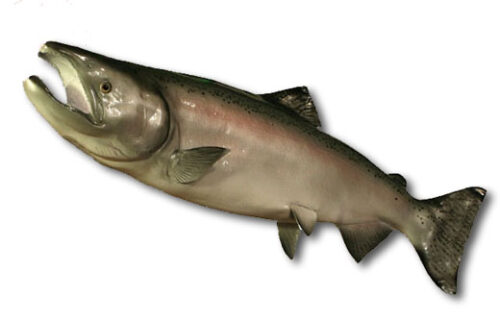
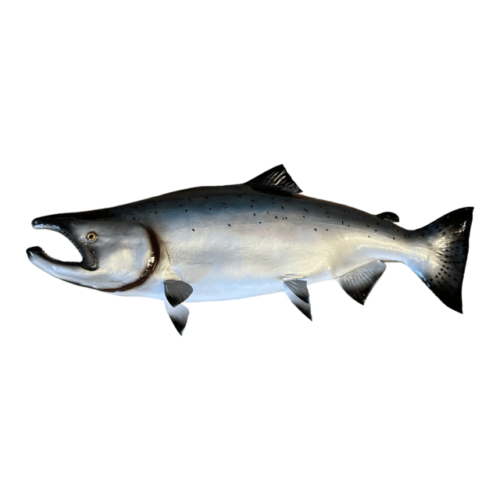
Reviews
There are no reviews yet.